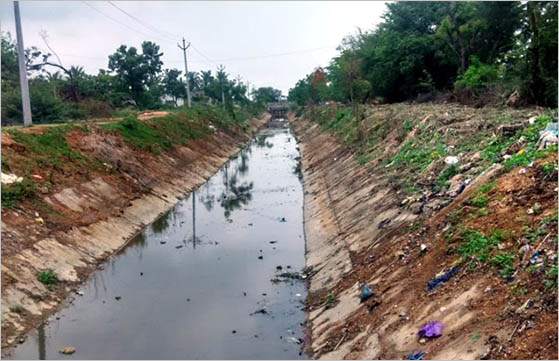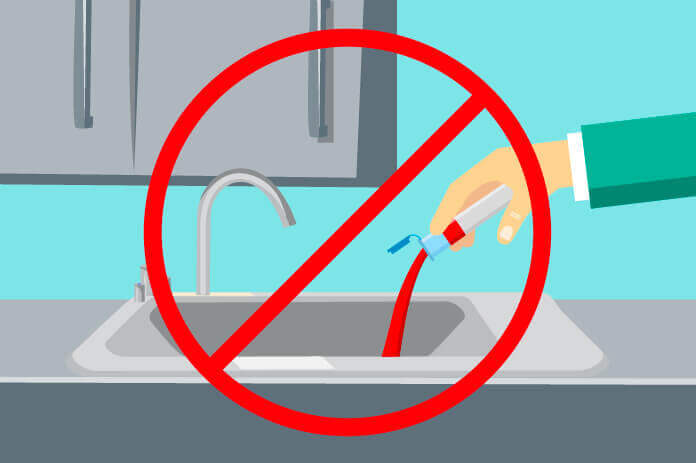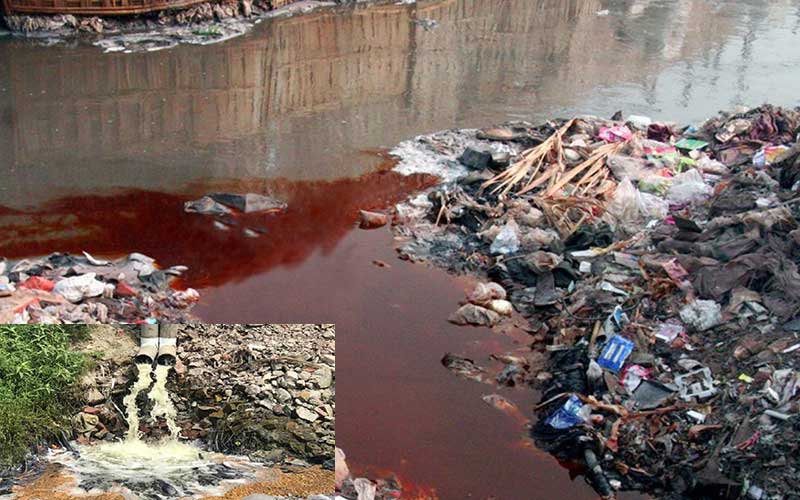How Fluid Waste Disposal Works: A Thorough Overview of Methods and Technologies Used

Review of Liquid Waste Kind
The complexity of liquid waste kinds requires a thorough understanding of their qualities and effects for disposal. Liquid waste can broadly be categorized right into several types, including industrial, community, agricultural, and dangerous waste. Each category shows unique homes, calling for specific administration approaches to mitigate environmental and wellness threats.
Industrial fluid waste stems from manufacturing procedures and usually includes a series of contaminants, such as hefty metals, solvents, and natural compounds. Community fluid waste, primarily consisting of wastewater from houses and industrial establishments, has natural issue, nutrients, and microorganisms (industrial wastewater treatment). Agricultural fluid waste, including runoff from farms, might consist of plant foods, pesticides, and animal waste, positioning threats to water high quality and ecological communities
Hazardous fluid waste is defined by its poisoning, sensitivity, or potential to trigger damage. This classification includes compounds like acids, bases, and specific chemicals that demand rigid handling and disposal methods. Comprehending these varied fluid waste kinds is important for establishing efficient disposal approaches and guaranteeing compliance with ecological laws. Appropriate category and characterization are necessary for implementing ideal treatment strategies and lessening the adverse effects on public wellness and the atmosphere.
Physical Therapy Approaches

Screening is the preliminary step, where bigger bits and debris are gotten rid of from the fluid waste utilizing displays or grates. This process secures downstream equipment from damages and ensures smoother operation. Following testing, sedimentation makes use of gravitational force to separate solids from liquids. In sedimentation storage tanks, much heavier bits clear up at the bottom, developing a sludge layer, while the made clear liquid can be more treated.
Filtration is one more necessary approach that includes passing the fluid via porous materials, such as sand or membrane layers, to record smaller sized bits. This step enhances the top quality of the liquid, making it appropriate for succeeding therapy processes.

Chemical Therapy Strategies
Chemical therapy methods are essential for effectively handling liquid waste, specifically in addressing liquified and colloidal pollutants that physical approaches may not adequately get rid of. These strategies make use of different chemical agents to neutralize, speed up, or change dangerous substances right into less harmful types.
One typical approach is coagulation and flocculation, where chemicals such as alum or ferric chloride are contributed to promote the gathering of suspended particles. This procedure enhances sedimentation, permitting easier removal of the resulting sludge. Furthermore, oxidation procedures, employing representatives like chlorine or ozone, are used to break down intricate organic compounds and microorganisms, making the waste more secure for discharge or more treatment.
Neutralization is another crucial strategy, which changes the pH of acidic or alkaline waste streams to neutral levels, preventing possible harm to downstream systems and the atmosphere. Furthermore, progressed oxidation procedures (AOPs) use mixes of oxidants and ultraviolet light to weaken relentless toxins, accomplishing a higher level of therapy performance.
Biological Treatment Procedures
Biological treatment procedures play a vital duty in the administration of liquid waste by utilizing bacteria to decompose natural matter and lower contaminant levels. These processes can be extensively classified into aerobic and anaerobic therapies, each using details microbial neighborhoods to attain effective waste destruction.
Cardiovascular therapy involves using oxygen to help with the break down of natural products by microorganisms. This process is frequently executed in triggered sludge systems, where oygenation storage tanks provide a conducive environment for microbial growth, bring about the oxidation of organic pollutants. The resultant biomass can be separated from treated effluent with sedimentation.
On the other hand, anaerobic treatment takes place in the lack of oxygen, counting on different germs to damage down organic matter. This website here method is particularly advantageous for high-strength waste, as it produces biogas, a renewable resource resource, while reducing sludge manufacturing. Technologies such as anaerobic digesters are frequently employed in commercial and local applications.
Both aerobic and anaerobic biological treatments not just reduce the environmental influence of fluid waste yet additionally help with resource healing, making them crucial components of sustainable waste management methods. Their performance, adaptability, see this page and effectiveness support their prevalent execution across various sectors.
Arising Technologies in Disposal
Ingenious methods to fluid garbage disposal are quickly developing, driven by developments in modern technology and a raising focus on sustainability. Amongst these emerging modern technologies, membrane layer bioreactors (MBRs) have actually obtained traction for their ability to incorporate biological treatment with membrane layer filtering, leading to high-grade effluent that can be recycled in different applications. MBRs make it possible for smaller impacts and much more effective procedures contrasted to typical systems.
An additional promising advancement is the usage of anaerobic digestion combined with nutrient recuperation technologies, which not just deals with liquid waste however likewise produces biogas and recovers useful nutrients like nitrogen and phosphorus. This twin benefit improves source efficiency and lowers environmental impact.
Additionally, progressed oxidation processes (AOPs) are being embraced for the destruction of complicated natural pollutants. These approaches utilize powerful oxidants and drivers to damage down contaminants at the molecular level, supplying a very effective service for difficult waste streams.
Additionally, the integration of expert system and artificial intelligence in waste monitoring systems is enhancing operational effectiveness and predictive maintenance, bring about minimized costs and enhanced ecological conformity. These technologies mirror a substantial shift in the direction of even more effective and lasting liquid find this garbage disposal methods.
Verdict
In final thought, reliable liquid waste disposal necessitates a comprehensive understanding of numerous techniques and technologies. By continuously advancing these methodologies, it comes to be feasible to resolve the expanding difficulties associated with fluid waste, ultimately contributing to ecological defense and resource recovery.
Fluid waste disposal is a crucial aspect of ecological monitoring, calling for a thorough understanding of various techniques and modern technologies customized to different waste types. Fluid waste can generally be classified right into numerous kinds, consisting of commercial, municipal, farming, and dangerous waste. Agricultural liquid waste, including overflow from ranches, may contain plant foods, pesticides, and animal waste, posing risks to water quality and environments.
Numerous physical therapy approaches play a crucial function in handling fluid waste properly - industrial wastewater treatment.In final thought, efficient liquid waste disposal necessitates a detailed understanding of different techniques and modern technologies
Comments on “Safe and Sustainable Liquid Waste Disposal: Your Go-To Service Provider”